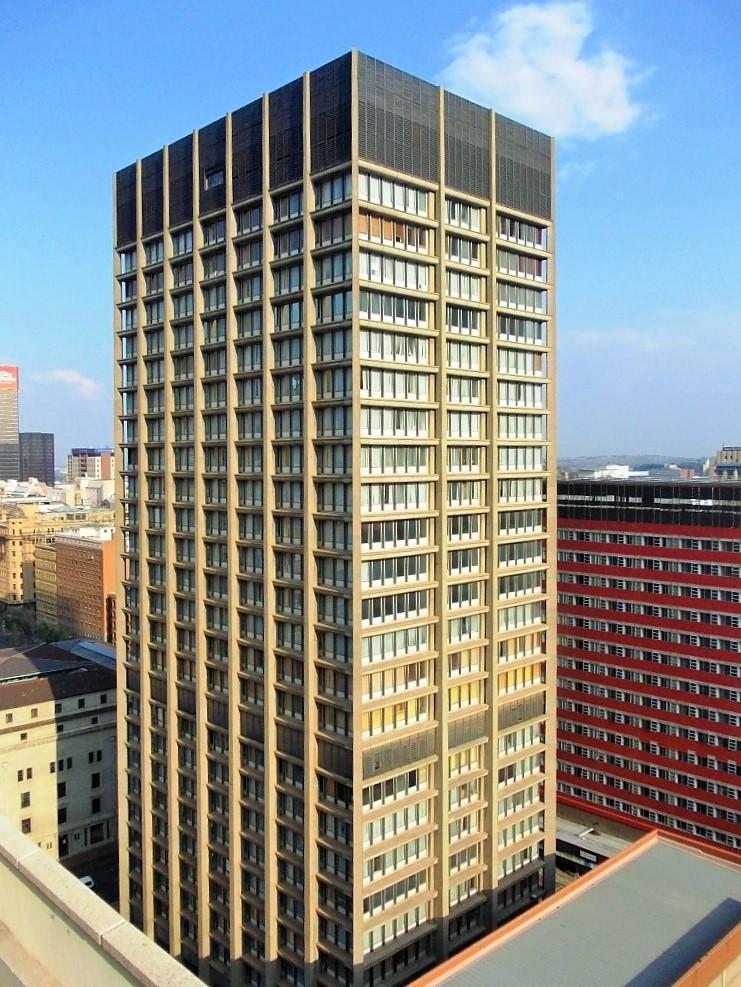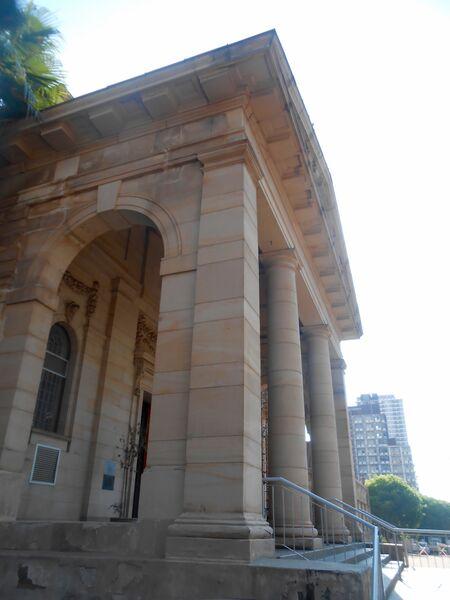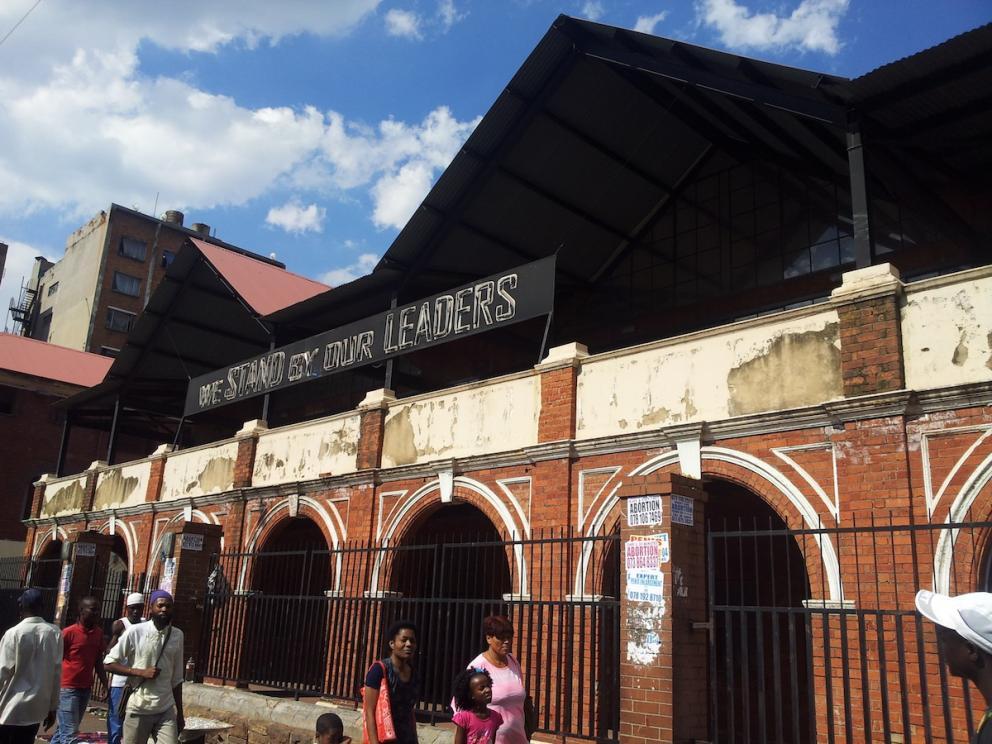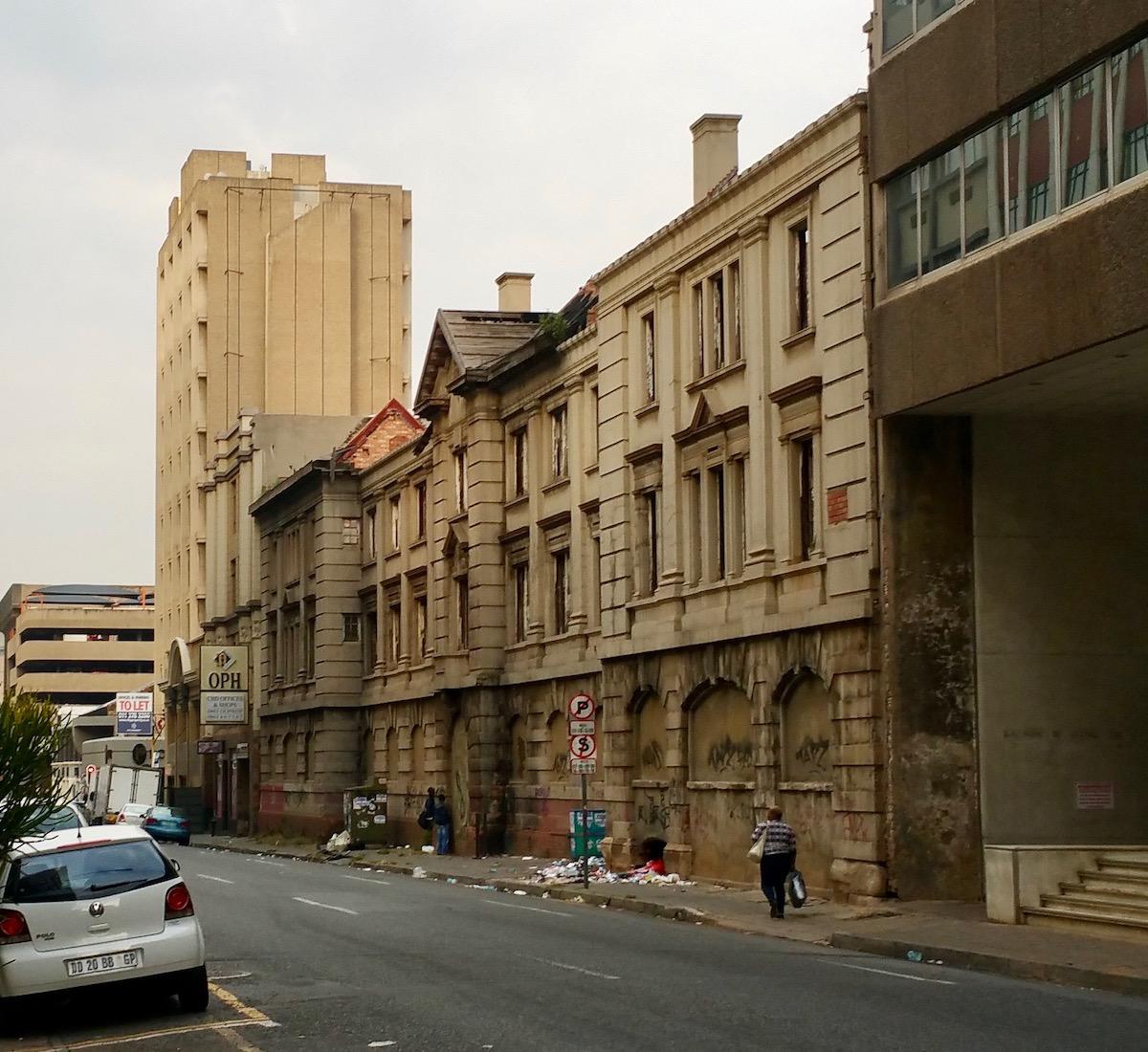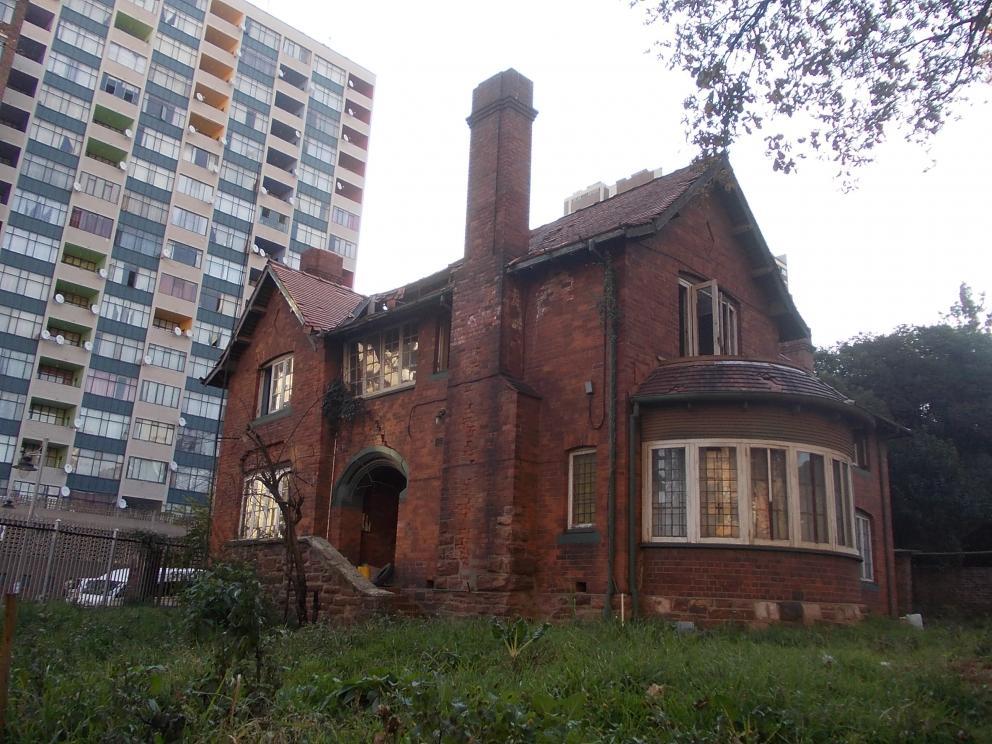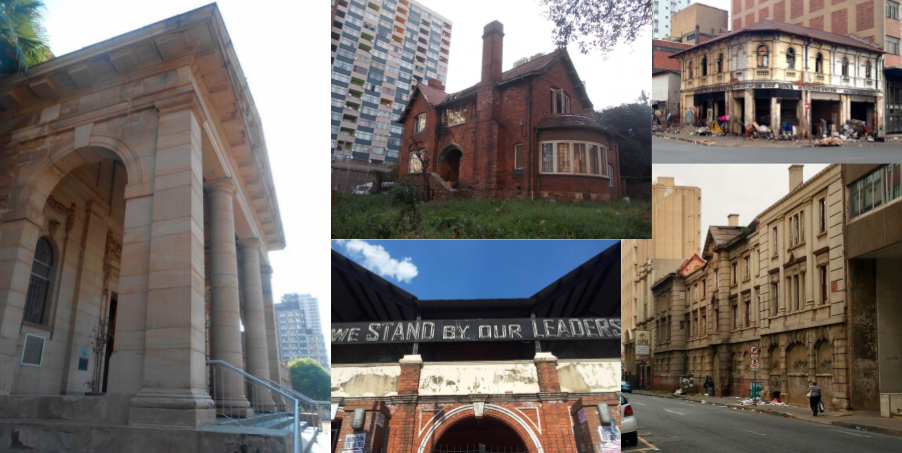
Disclaimer: Any views expressed by individuals and organisations are their own and do not in any way represent the views of The Heritage Portal. If you find any mistakes or historical inaccuracies, please contact the editor.
The recent devastating fire at Brazil's National Museum (which gutted 20 million items) and last week’s tragic fire at the Bank of Lisbon Building in Johannesburg yet again highlights how political and official neglect and maintenance cut backs are placing lives – and South Africa’s valuable heritage – at risk.
Bank of Lisbon Building (The Heritage Portal)
The Egoli Heritage Foundation has previously expressed concern about the state of the Johannesburg Art Gallery (JAG) which is home to one of the continent’s most valuable collections.
“In 2017 we were informed that JAG does not meet fire safety requirements. In fact, neither structural engineers nor fire safety inspectors wanted to sign off on the building following the disastrous attempts by the Johannesburg Development Agency to “renovate” the building”, says Herbert Prins of the Egoli Heritage Foundation.
“City authorities are playing with fire and putting the lives of their employees and visitors at risk. If lives are lost the Mayor will have blood on his hands”, he says.
In fact, in October 2016, Mayor Herman Mashaba publicly committed to the restoration of JAG to the epicentre of Johannesburg culture. Two years later nothing has been done.
Main entrance of the Johannesburg Art Gallery (The Heritage Portal)
According to Prins, the Egoli Heritage Foundation suspects many other heritage buildings in the city are similarly non-compliant with fire safety regulations.
“It is ironic that the City of Johannesburg which is responsible for ensuring compliance with the National Building Regulations & Building Standards Act and the city’s by-laws is itself so grossly negligent”.
In 2003 the City of Johannesburg restored the Drill Hall after two fires tragically claimed the lives of residents and left the venue of the Treason Trial in ruins. As it stands today, the building is yet again a fire hazard.
“In fact, we know that a fire in early 2017 nearly destroyed the north block. This is a building occupied by poor and vulnerable people. When we inspected the building, we found fire hydrants that have not been serviced in years. Must lives yet again be lost before the authorities act?”, says Prins.
The Drill Hall is owned by the national Department of Public Works, although the City of Johannesburg has for years been trying to get ownership transferred to the municipality.
“While the City of Johannesburg is at least trying to improve the situation at the Drill Hall, the national Department of Public Works – the legal owner of the property – turns a blind eye”.
Drill Hall (The Heritage Portal)
The problems at many state-owned heritage buildings are systemic, implicating public works departments at all three spheres of government.
The Drill Hall, the Marshall Street Barracks, the Rissik Street Post Office, the Governor’s House, the Turbine Hall and others – buildings of immense significance to the city have been affected by fires in the past – in many instances requiring massive reinvestment by the authorities to save these buildings.
Marshall Street Barracks (The Heritage Portal)
“The astronomical costs of salvaging these buildings after severe fire damage could’ve been avoided had these buildings been properly managed, secured and maintained by the state. Surely, this constitutes fruitless and wasteful expenditure and flies in the face of government’s state asset management policies?”, according to Prins.
Fire is just one problem facing heritage buildings. In 2014, the Orlando power station collapsed after years of neglect on the side of the City of Johannesburg. The backlog on maintenance means that buildings like the Hospital Superintendent’s house in Hillbrow (owned by the Gauteng Provincial Government) is structurally so unsound that demolition is all but guaranteed.
Hospital Superintendent’s House (The Heritage Portal)
“The Gauteng Provincial Government knows about this and other sites and the concerns of the heritage community, yet they obstinately refuse to address the situation” he says.
Prins concludes by saying that “The economic straits the country is experiencing is a possible reason for this penny-wise and pound-foolish attitude. However, similar tendencies to cut costs to libraries, museums and art galleries, both here and abroad, have had disastrous outcomes. The loss of heritage objects within heritage buildings, such as at JAG, would constitute an immeasurable loss to the national estate.”
The Egoli Heritage Foundation calls upon local, provincial and national authorities to appoint a commission of inquiry to advise on how to deal with the problems that confront heritage structures and collections.
The fact that the JAG was declared a national monument under the old dispensation (and is today a provincial heritage site) attests to its importance. There is a legal obligation all owners of property must fulfil and the possibility that government at all levels have neglected this duty is an invitation for private owners to do the same. A threat to the safety of the JAG and its contents is a threat to the national estate that the legislation is supposed to protect. The Egoli Heritage Foundation insists that government does its duty.
A copy of a recent heritage report on the Johannesburg Art Gallery can be accessed here.
Media enquiries may be directed to Jacques Stoltz, Chairperson of the Egoli Heritage Foundation at 083 455 9688 or jacques@placematters.co.za
Comments will load below. If for any reason none appear click here for some troubleshooting tips. If you would like to post a comment and need instructions click here.

